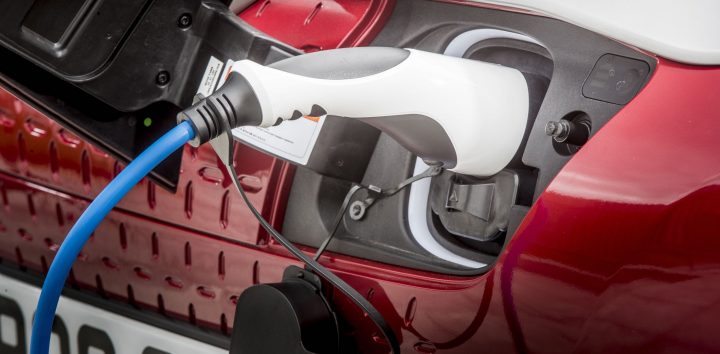Pre-lockdown, some 32% of UK drivers were planning to buy an alternative fuelled vehicle as their next car purchase, according to a report from Close Brothers Motor Finance.
Drivers are continuing to shy away from traditional fuel types, with 21% planning on buying a hybrid car, and 11% opting for electric.
Despite electric surging in popularity, petrol remains the most popular choice of fuel type, with 37% of drivers planning to buy a petrol car next, but this has notably dropped from 42% last year, showing dwindling demand, while just 12% would opt for a diesel car, as the demonisation of diesel continues taking effect.
The research also found that more men than women are planning to buy an AFV – 38% compared to 26% and younger buyers are more likely to buy AFVs than their elder counterparts, with 48% of 19-21 year olds, compared to 26% of 46-55 year olds.
When it comes to regional divisions, those in cities are far more likely to buy an AFV next, 38%, compared to 30% in towns and 28% in villages. This disparity reflects the importance of infrastructure, with cities seen as being better equipped to support AFVs than more rural areas in the UK where infrastructure, such as charging networks, are more limited.
Drivers who have already adopted an AFV are unlikely to go back to traditional fuel types since making the switch. More than 93% drivers who have an AFV would buy another next time around. And 16% of hybrid drivers are planning on switching to electric.
Looking at the reasons why drivers would choose an AFV, environmental concerns are leading the shift. 28% of those considering buying an AFV would do so because they’re more environmentally friendly, a slight increase from 26% last year. Nearly a fifth or 18% would consider buying an AFV because they’re cheaper to run, and 7% because they deliver a better driving experience.
For the unconverted, the initial cost of an AFV is biggest concern, with 28% naming it as the reason they’re not considering buying – up from 24% last year. But, concerns around driving range and whether the technology is ready have both fallen, from 23% to 19% and 25% to 17% respectively.

